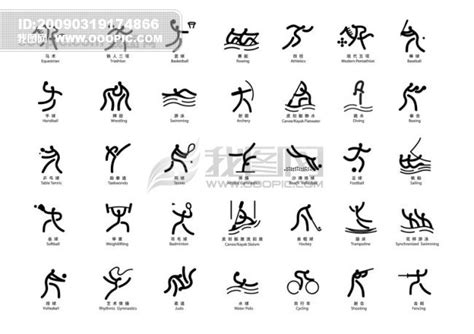体育英语的全称
Title: Understanding Sports Facilities
Sports facilities encompass a wide range of structures and spaces designed to facilitate various athletic activities and events. These facilities are crucial components of the sporting ecosystem, providing venues for training, competition, and recreation. Understanding the terminology associated with sports facilities is essential for professionals in the sports industry and enthusiasts alike. Let's delve into the key terms related to sports facilities:

1. Stadiums:
Stadiums are large, often openair, structures primarily used for hosting sports events, such as football, soccer, rugby, and athletics. They typically feature tiered seating for spectators surrounding the central playing field. Stadiums can vary in size and capacity, ranging from intimate arenas to colossal venues capable of accommodating tens of thousands of spectators.
2. Arenas:
Arenas are indoor sports facilities designed for various events, including basketball, ice hockey, concerts, and other entertainment shows. Unlike stadiums, arenas have a roof structure, providing shelter from outdoor elements. They often include seating arrangements around the central playing area and may feature multiple levels or tiers of seating.
3. Fields:
Fields refer to openair playing surfaces tailored to specific sports, such as football fields, soccer pitches, baseball diamonds, and cricket grounds. These fields are typically marked with boundary lines and may have additional markings to designate specific areas for different activities within the sport. Maintenance of fields is crucial to ensure optimal playing conditions and player safety.
4. Courts:
Courts are designated playing areas for sports like basketball, tennis, volleyball, and badminton. They are typically hard surfaces, such as asphalt or hardwood, marked with boundary lines and other relevant markings. Indoor courts are often found in sports complexes or gymnasiums, while outdoor courts may be standalone facilities or part of larger recreational parks.
5. Tracks:
Tracks are specialized surfaces designed for running, sprinting, and hurdling events in athletics. They are ovalshaped and consist of materials like synthetic rubber or polyurethane. Tracks feature multiple lanes marked with lane numbers and starting lines for various race distances. Proper track maintenance is essential to ensure consistent performance and reduce the risk of injuries.
6. Pools:
Pools are aquatic facilities primarily used for swimming, diving, water polo, and other waterbased sports and activities. They come in various sizes and configurations, including Olympicsized pools, leisure pools, and diving pools. Pools require meticulous water treatment and maintenance to ensure cleanliness and safety for users.
7. Gyms:
Gyms, also known as fitness centers or health clubs, are indoor facilities equipped with exercise machines, free weights, and other fitness equipment. They offer spaces for cardiovascular workouts, strength training, group exercise classes, and personal training sessions. Gyms play a vital role in promoting physical fitness and overall wellbeing.
8. Training Centers:
Training centers are specialized facilities tailored to the needs of athletes for practice, conditioning, and skill development. These centers may include indoor and outdoor training areas, sports science labs, recovery facilities, and accommodations for athletes and coaches. Training centers serve as hubs for elite athlete preparation and talent development programs.
9. Sports Complexes:
Sports complexes are comprehensive facilities that integrate multiple sports amenities and services within a single location. They may include stadiums, arenas, fields, courts, pools, gyms, and other recreational facilities. Sports complexes cater to diverse sporting interests and community recreational needs, offering a wide range of activities and programs.
Conclusion:
Sports facilities play a crucial role in fostering athletic excellence, promoting physical activity, and enhancing community engagement. Understanding the terminology associated with various sports facilities is essential for stakeholders involved in sports management, facility planning, and recreational programming. By providing suitable venues and amenities, sports facilities contribute to the development of athletes, the success of sporting events, and the wellbeing of individuals and communities.


